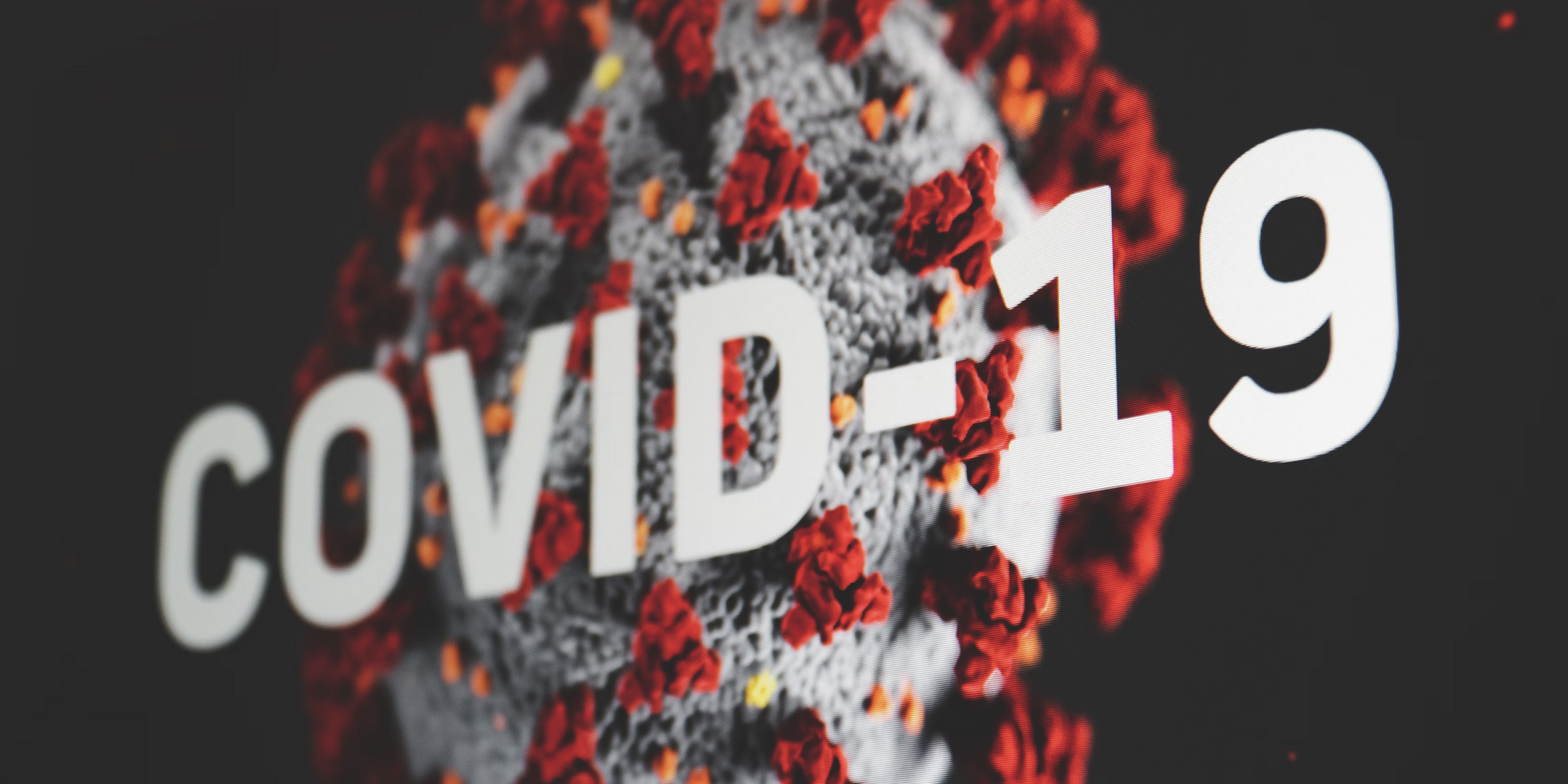Understanding COVID-19 and Low Oxygen Levels
The onset of the COVID-19 pandemic brought with it a host of challenges, among which the issue of low oxygen levels in patients stands out as particularly alarming. This condition, medically termed as hypoxemia, is a critical concern that requires immediate attention. In this blog post, we will delve into the intricacies of COVID-19 associated hypoxemia, exploring its causes, symptoms, and most importantly, the strategies for management and prevention.
Causes of Low Oxygen Levels in COVID-19 Patients
COVID-19 primarily targets the respiratory system, causing inflammation and damage to the lung tissues. This leads to a decrease in the lung’s capacity to transfer oxygen from the air into the blood, resulting in low oxygen levels. Factors contributing to this condition include the severity of the infection, pre-existing respiratory conditions, age, and the presence of chronic diseases.
Recognizing the Symptoms
Detecting low oxygen levels early can significantly enhance the outcome for COVID-19 patients. Key symptoms to look out for include:
– Shortness of breath or difficulty breathing
– Persistent cough
– Bluish lips or face
– Extreme fatigue or confusion
– Chest pain or pressure
It’s crucial to note that in some cases, individuals may experience “silent hypoxia,” where severe oxygen deprivation occurs without noticeable symptoms. This makes regular monitoring of oxygen levels vital for COVID-19 patients.
Management Strategies
Management of low oxygen levels in COVID-19 patients requires a multi-faceted approach:
1. **Oxygen Therapy:** The primary treatment for hypoxemia is providing supplemental oxygen to ensure the body’s organs function correctly.
2. **Medications:** Certain medications can be prescribed to reduce inflammation in the lungs, improving oxygenation.
3. **Prone Positioning:** Lying face down, or prone positioning, can significantly improve oxygen flow in severe COVID-19 cases.
4. **Ventilatory Support:** In critical cases, mechanical ventilation may be necessary to maintain adequate oxygen levels.
Prevention and Precautionary Measures
Preventing the spread of COVID-19 is the best strategy to reduce the risk of developing low oxygen levels. Key preventive measures include:
– Following public health guidelines for mask-wearing and social distancing
– Practicing good hygiene, including regular hand washing
– Getting vaccinated and keeping up with booster shots as recommended
Conclusion
The complication of low oxygen levels in COVID-19 patients serves as a reminder of the virus’s potential severity. Early recognition of symptoms, consistent monitoring of oxygen levels, and immediate medical intervention are critical components of managing this condition. By adhering to preventive measures, we can collectively mitigate the spread of COVID-19 and protect those most vulnerable to severe outcomes. As we navigate through this pandemic, staying informed and prepared is our best defense against unforeseen complications such as hypoxemia.
COVID/low oxygen is not a result of a medication shortage. It is a byproduct of the body no longer interacting appropriately with its environment. Although some things can be avoided in our environment this would be the equivalent of putting a bandaid over a sliver, the problem might be covered but it is still there. Symptoms tell us when something is out of balance in our bodies so we can work to fix it. Contact us today to try nomoSIK for your COVID/low oxygen issues.
It is important to note that the NOMOSIK therapy has not been evaluated by the FDA and is not intended to diagnose, treat, prevent or cure any disease. It specifically tests and treats for neuro-physiological imbalances in the body. Please see reviews of the amazing recoveries patients have noted with their illness and allergies following treatment of these imbalances. These treatments do not constitute the practice of medicine and are intended solely for the purpose of addressing muskulo-skelital conditions through alternative therapeutic means.

